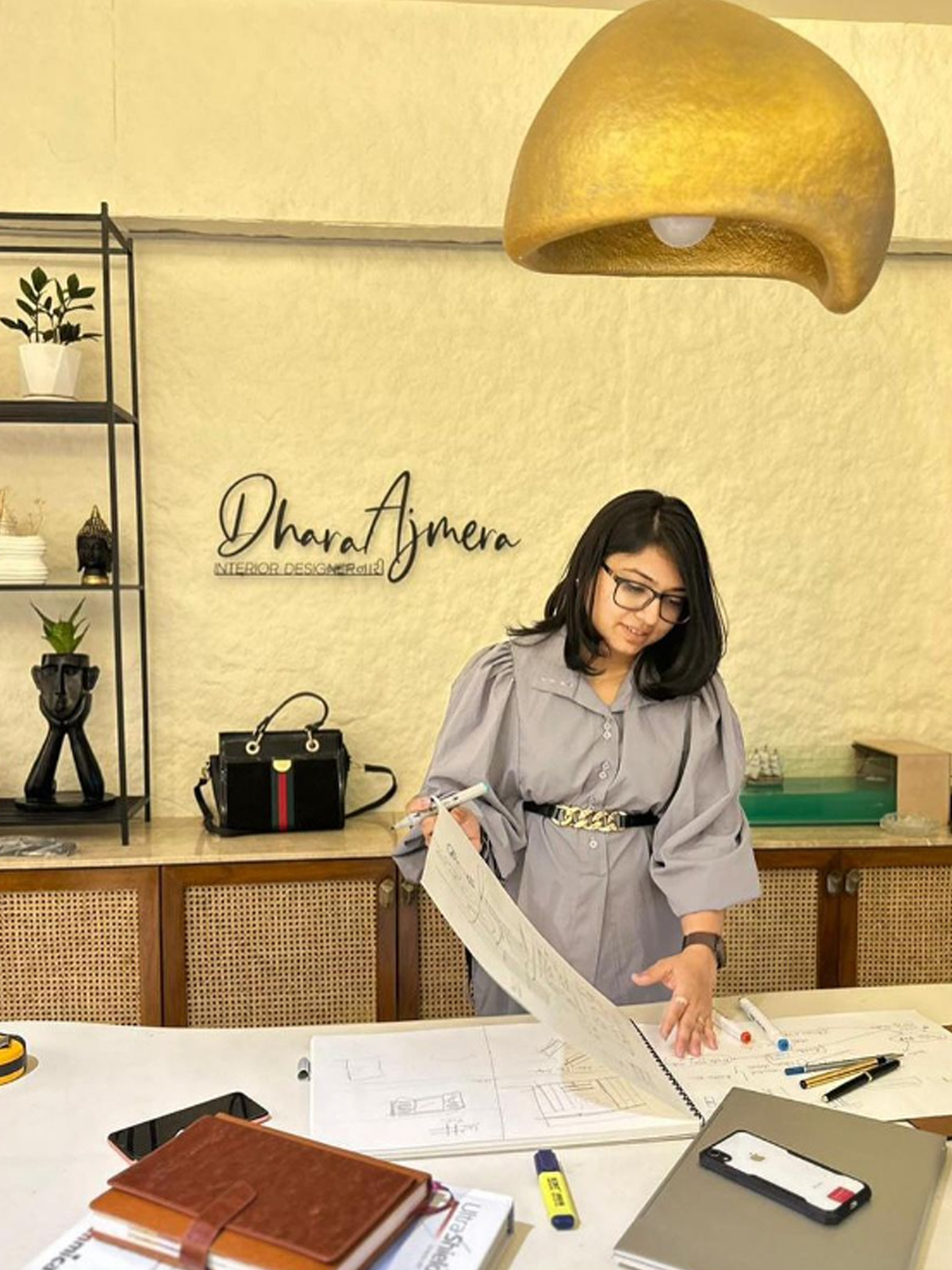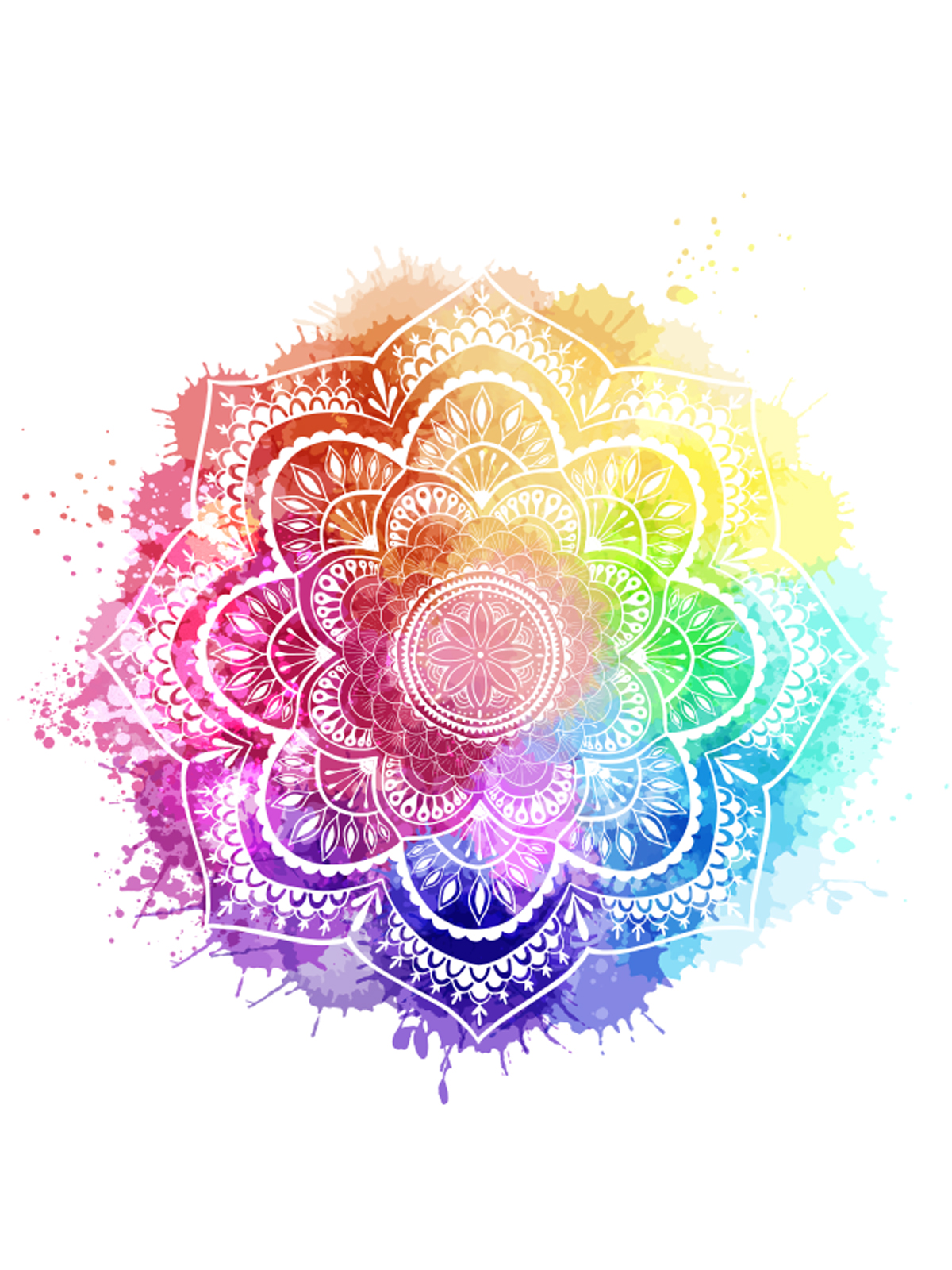Category: Design
2023-09-23
Interior Design: Crafting Environments for Life
Interior design is the process of planning, organizing, and decorating the interior of a space to make it visually appealing, functional, and comfortable. It combines creative flair with knowledge of architecture and human behavior to create harmonious and purposeful environments.
The Importance of Interior Design
- Enhances Quality of Life: Well-designed interiors improve daily life by making activities more enjoyable and efficient.
- Reflects Personal Style: It's a canvas for self-expression, allowing individuals to showcase their tastes.
- Optimizes Space: Interior designers maximize available space, making even small areas feel spacious.
- Boosts Productivity: Thoughtful design in workspaces improves productivity and creativity.
- Supports Well-Being: Design impacts mental and emotional well-being. Calming atmospheres reduce stress.
- Adds Value to Property: Good design increases market value for homes and commercial properties.
- Promotes Sustainability: Designers use eco-friendly materials and energy-efficient practices.
- Creates Functionality: Designs cater to inhabitants' needs, enhancing convenience.
- Fosters Social Interaction: Layouts influence social interactions, encouraging gatherings.
- Elevates Aesthetics: Interior design transforms rooms into inviting, visually pleasing spaces.
In conclusion, interior design is essential for our well-being, productivity, and overall quality of life. Whether decorating a home, designing an office, or planning a retail space, thoughtful interior design creates aesthetically pleasing, functional, and harmonious environments that enhance the human experience.








